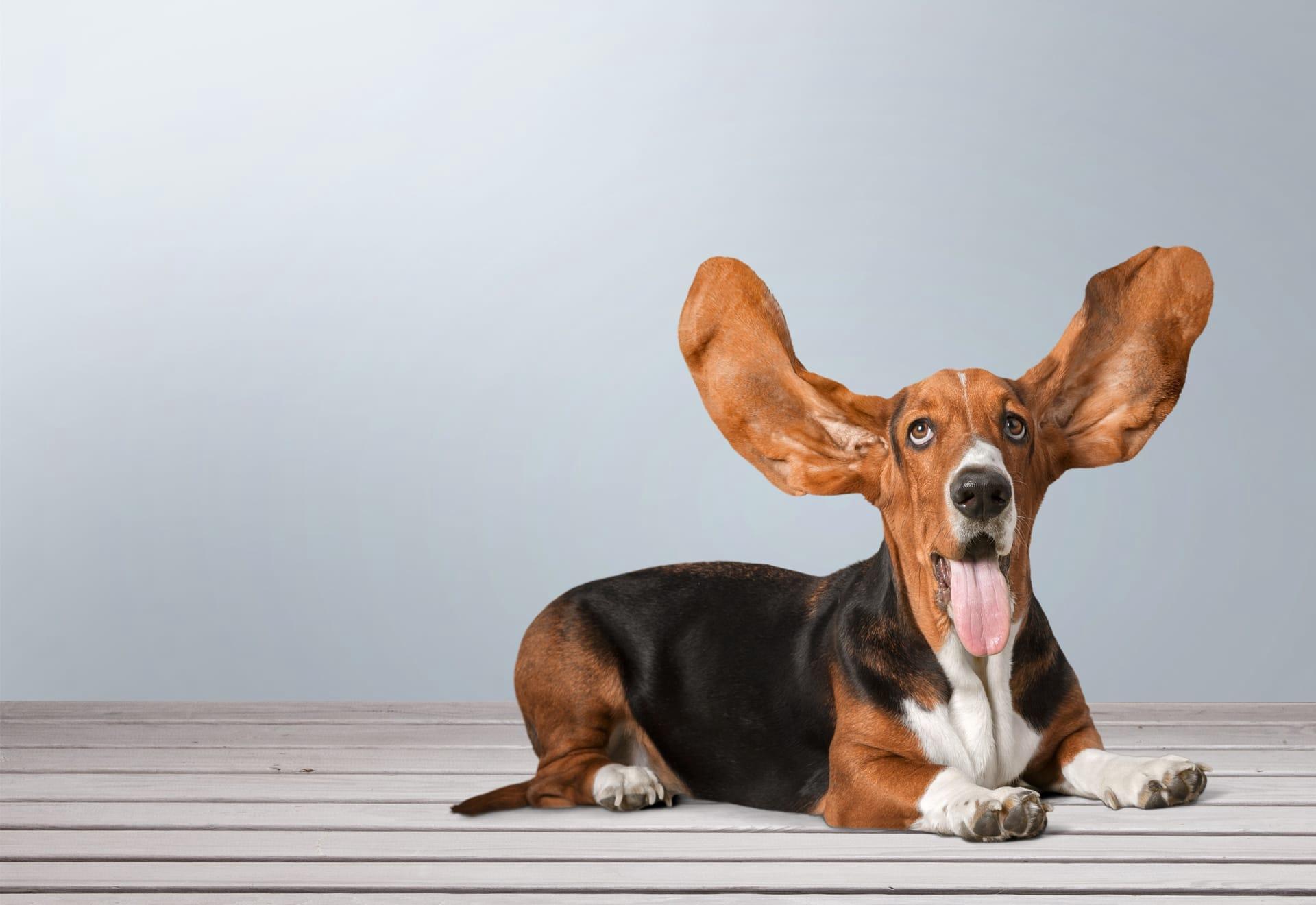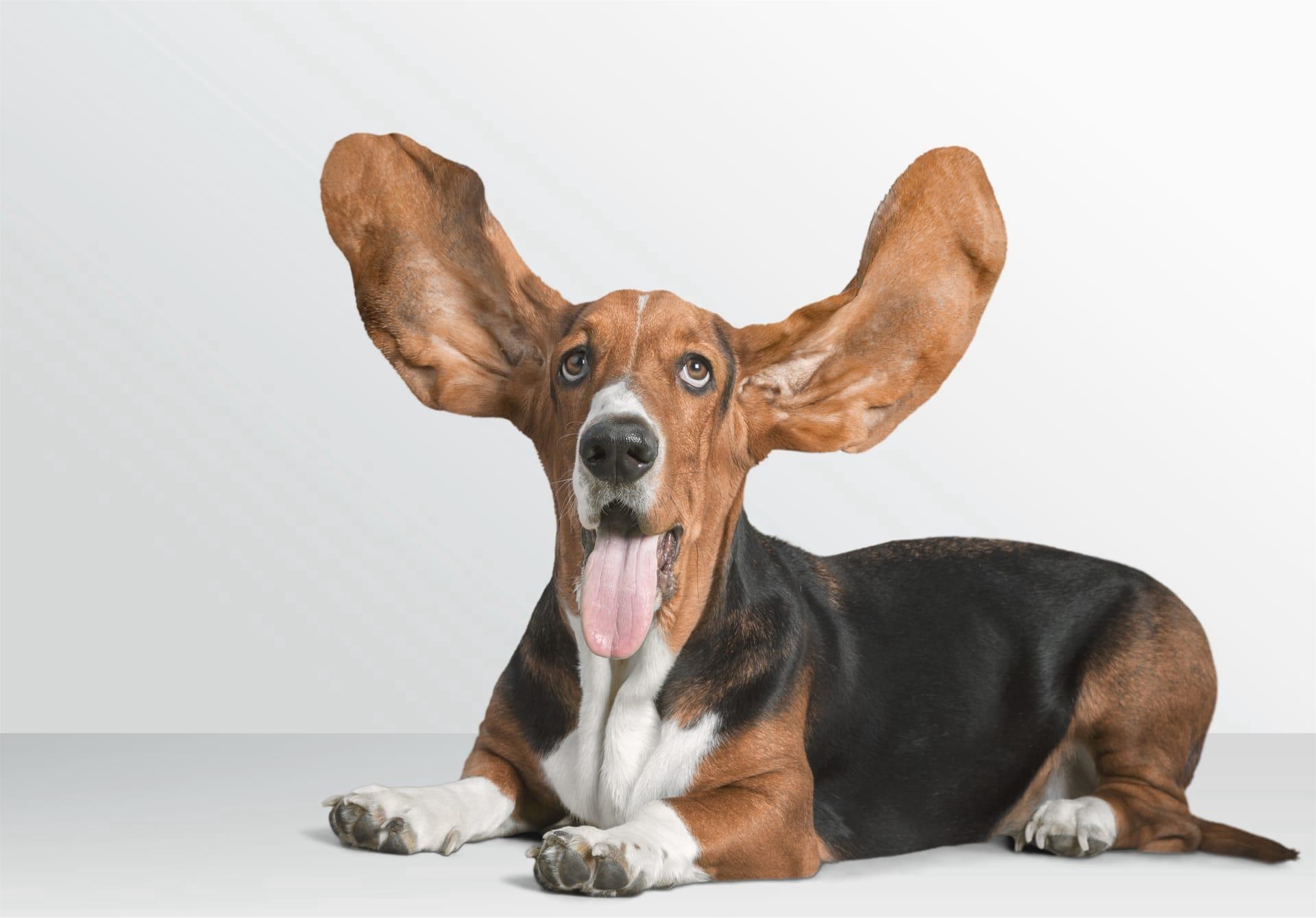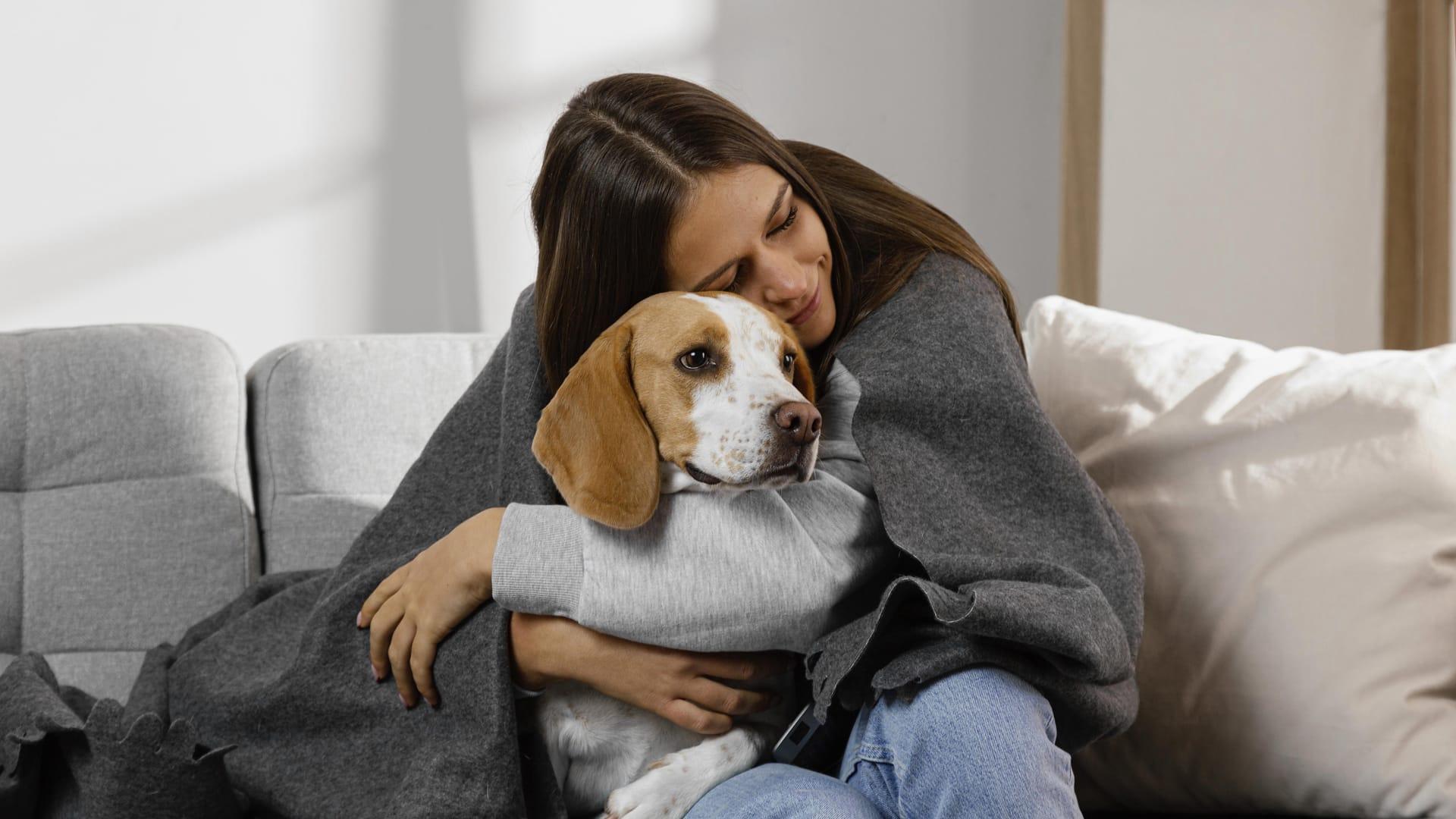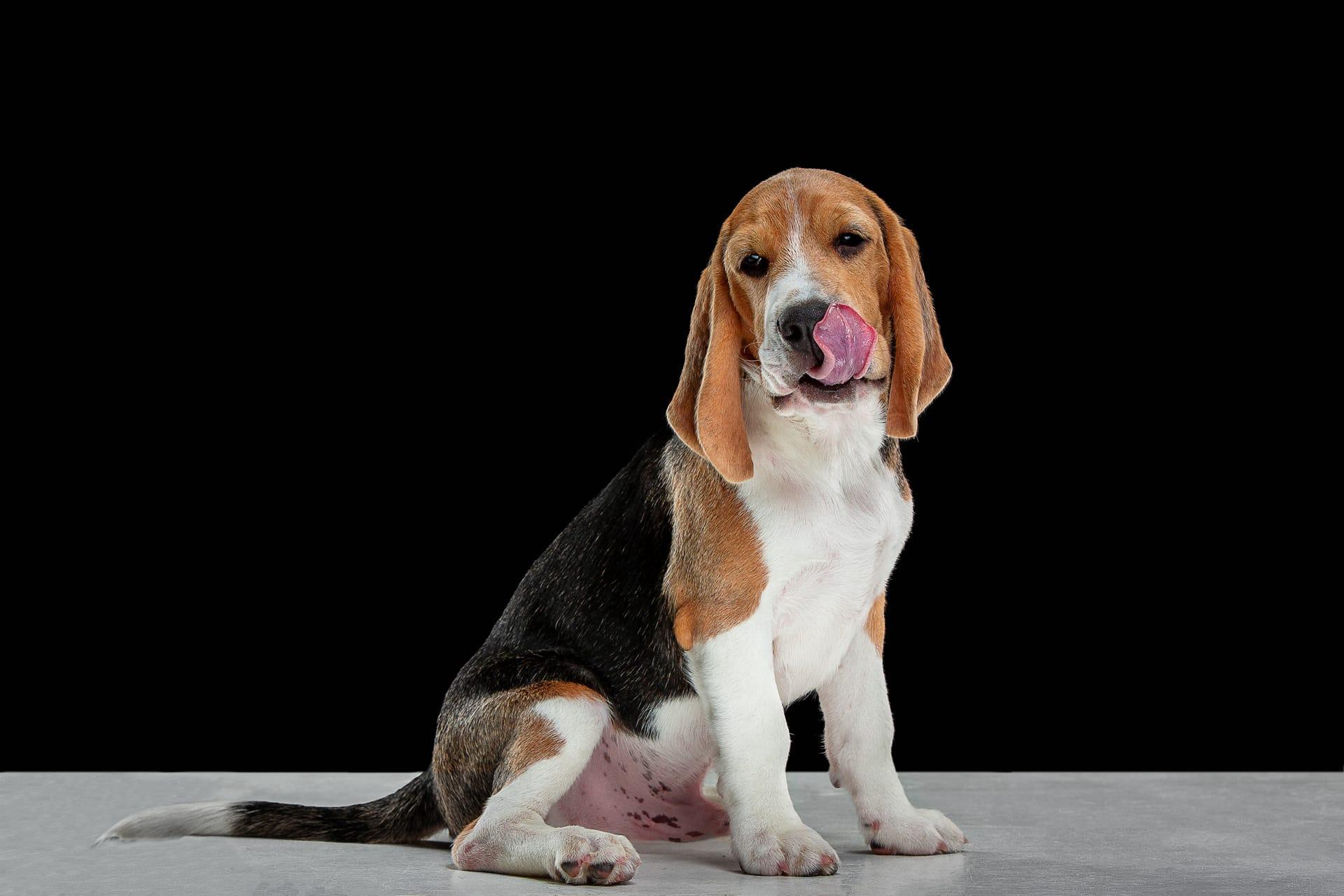Basset Hound
- Home /
- Mini Encyclopedia /
- Animal /
- Basset Hound
1
Basset Hounds belong to the Canidae family, which encompasses a wide array of domestic and wild dog species. They fall under the genus Canis, sharing this classification with wolves, coyotes, and other dog breeds. Specifically, Basset Hounds are part of the hound group, known for their exceptional sense of smell and tracking abilities. Their scientific name, Canis lupus familiaris, indicates their subspecies status under the domestic dog category, which is itself a subspecies of the gray wolf.
Basset Hounds have a global presence, primarily due to their popularity as pets and show dogs. Originally bred in France and Belgium for hunting purposes, their distinctive short legs and long bodies were ideal for scent tracking through dense underbrush. Today, they are found in many countries, with significant populations in the United States, United Kingdom, and Canada. Their adaptability to various climates and environments has facilitated their widespread distribution, making them a beloved breed worldwide.

2
A common misconception about Basset Hounds is that their laid-back and sometimes sluggish demeanor suggests they are not intelligent or easily trainable.
In reality, Basset Hounds possess a keen intelligence and are quite capable of learning and following commands. Their apparent stubbornness is often a reflection of their independent nature and strong scent-driven focus, inherited from their hunting origins. Training a Basset Hound requires patience, consistency, and positive reinforcement, leveraging their love for food and play as motivators.

3
The relationship between Basset Hounds and humans is deeply rooted in companionship and utility. Originally bred as scent hounds for tracking small game, their acute sense of smell and persistent tracking ability made them invaluable to hunters. Beyond their hunting utility, Basset Hounds have become cherished family pets, known for their gentle, friendly nature and patient demeanor with children.
Their sociable and laid-back personality makes them excellent companions, thriving in environments where they can be part of family activities. Despite their hunting origins, Basset Hounds adapt well to home life, often seen lounging around the house or seeking out cozy spots. Their expressive eyes and endearing demeanor have solidified their place in the hearts of their human companions.

4
The Basset Hound's origins trace back to France in the 16th century, where they were developed from the St. Hubert Hound, among other breeds. They were bred by monks in the Abbey of St. Hubert in Belgium, who sought to create a dog capable of tracking game through dense cover on foot. The Basset Hound's distinctive short legs and long body are a result of selective breeding for dwarfism, a trait that allowed them to excel in this role.
Over the centuries, Basset Hounds have evolved both in appearance and role. In the 19th century, they were introduced to Britain, where they gained popularity among the aristocracy for their hunting prowess and distinctive appearance. The breed underwent further refinement in Britain, leading to the standardization of the breed characteristics we recognize today. While their role in hunting has diminished, their evolution has seen them transition into beloved pets and show dogs, maintaining their iconic status in canine history.

5
Film: "The Incredible Journey" is a Canadian documentary from the 1960s that follows the story of two dogs and a cat on an epic adventure through the Canadian wilderness to find their owners. One of the dogs is a Basset Hound named Luath, whose steadfastness and keen sense of smell play pivotal roles in their journey. The film beautifully showcases the Basset Hound's determination, endurance, and loyalty.
Book: "The Basset Hound Owner's Survival Guide" by Diane Morgan, published in the United States in the early 2000s, offers a comprehensive look into living with a Basset Hound. Morgan provides practical advice on training, health care, and understanding the unique personality traits of the breed, making it an essential read for current and prospective owners.
Book: "Basset Hounds: A Complete Pet Owner's Manual" by Joe Stahlkuppe, also from the United States and published in the late 1990s, dives into the specifics of Basset Hound care, training, and history. Stahlkuppe's book is filled with insights into the breed's background, tips for keeping them healthy and happy, and guidance on how to integrate them into the family, making it a valuable resource for anyone fascinated by these charming hounds.